I’ve Lived In Alaska For Over 35 Years. Here Are 8 Mistakes I Always See Tourists Make When Visiting The State
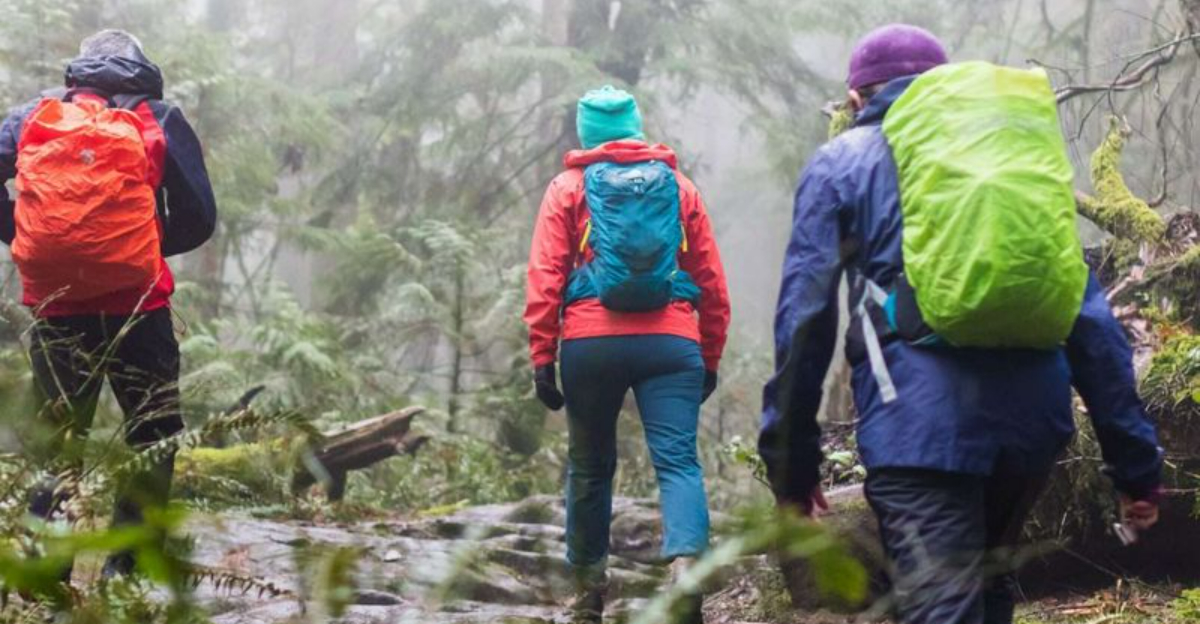
After calling Alaska home for more than three decades, I’ve watched millions of visitors explore our breathtaking wilderness with varying degrees of success. Many arrive with misconceptions about our state that can turn dream vacations into challenging experiences.
Whether it’s underestimating our weather, wildlife, or vast distances, these common mistakes can be easily avoided with a little insider knowledge. Here’s what I’ve learned from watching tourists navigate the Last Frontier.
1. Packing like it’s always freezing
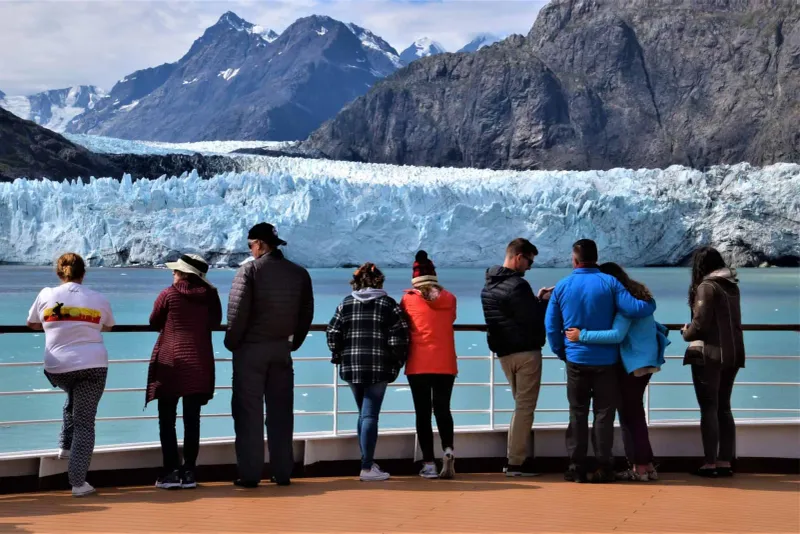
Summer temperatures in Alaska can reach the 80s, yet I constantly see visitors bundled in heavy parkas during July. Many tourists arrive expecting perpetual snow and ice, only to find themselves sweating in inappropriate clothing.
The secret to Alaskan comfort is layering. Our weather can shift dramatically within hours, sometimes giving you all four seasons in a single day. I’ve watched countless visitors purchase entirely new wardrobes in Anchorage when a simple rain shell and lightweight layers would have served them perfectly.
2. Underestimating Alaska’s mosquitoes
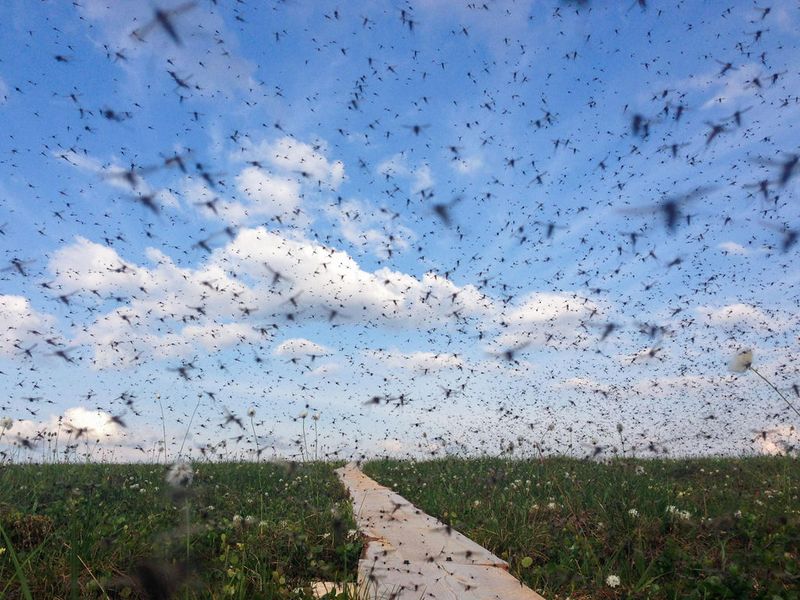
We joke that mosquitoes are Alaska’s state bird for good reason! Every summer, I watch unprepared tourists frantically buying out every bottle of repellent from local stores after their first encounter with our impressive insect population.
During peak season in places like Denali, mosquitoes can form clouds thick enough to inhale if you’re not careful. The standard bug spray you use back home often proves inadequate against our hardy northern varieties.
Do yourself a favor and pack high-concentration DEET products, plus a head net for hiking. Your outdoor experience will improve dramatically.
3. Ignoring tide schedules
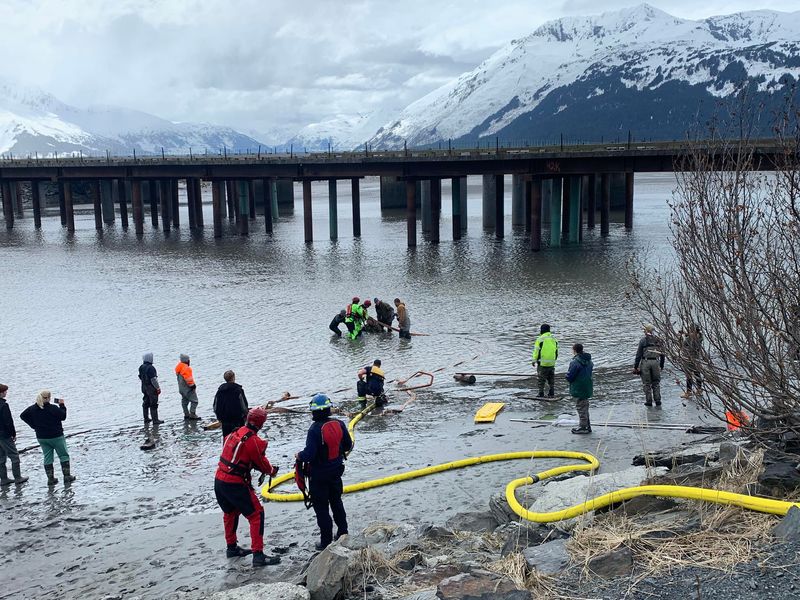
Alaska has some of the most dramatic tidal changes in the world, with differences of over 30 feet in some areas. Every year, rescue teams save tourists stranded by rapidly rising waters while beachcombing or exploring coastal caves.
Kachemak Bay and Turnagain Arm are particularly notorious for dangerous tidal situations. I’ve personally helped pull tourists’ vehicles from the mud after they parked too close to the waterline during low tide.
Always check local tide tables before coastal activities. What looks like a wide, safe beach can transform into ocean within hours, cutting off your return path.
4. Visiting without a cruise or tour backup plan

When fog rolls in or mechanical issues arise, cruise ships sometimes skip ports entirely. I’ve consoled countless disappointed visitors in Skagway and Ketchikan who planned their entire Alaska experience around specific port activities, only to find themselves sailing past their destination.
Independent travelers face similar challenges when weather grounds flights to remote locations. Alaska’s environment dictates our schedules, not the other way around.
Always research alternative activities for each location and build buffer days into your itinerary. Flexibility is the key to enjoying Alaska without unnecessary stress when plans inevitably change.
5. Trying to pet the wildlife like they’re zoo animals

Every summer, I witness tourists attempting to snap selfies with moose or offer snacks to bears. These aren’t oversized puppies—they’re powerful wild animals that can kill you faster than you can post that Instagram story.
A mother moose with calves might seem docile until she charges at 35 mph because you got too close. Bears remember food sources and will return repeatedly to areas where humans feed them, creating dangerous situations for everyone.
Rangers issued over 100 citations last year for wildlife harassment. Keep your distance—at least 100 yards from bears and 25 from moose. Your life is worth more than a close-up photo.
6. Wearing cotton clothing on wilderness adventures

“Cotton kills” isn’t just a dramatic saying among Alaskans—it’s life-saving advice that tourists regularly ignore. Once cotton gets wet (from rain, snow, or sweat), it stays wet and draws heat away from your body, potentially leading to hypothermia even in 50°F weather.
Just last summer, search and rescue retrieved a family of four from Chugach State Park—all suffering from early hypothermia despite the “warm” 55°F day. Their cotton hoodies and jeans had become soaked in an unexpected rainfall.
Always pack wool, synthetic layers, or specialty outdoor fabrics that wick moisture and insulate when wet. Your survival might depend on it.
7. Skipping travel insurance
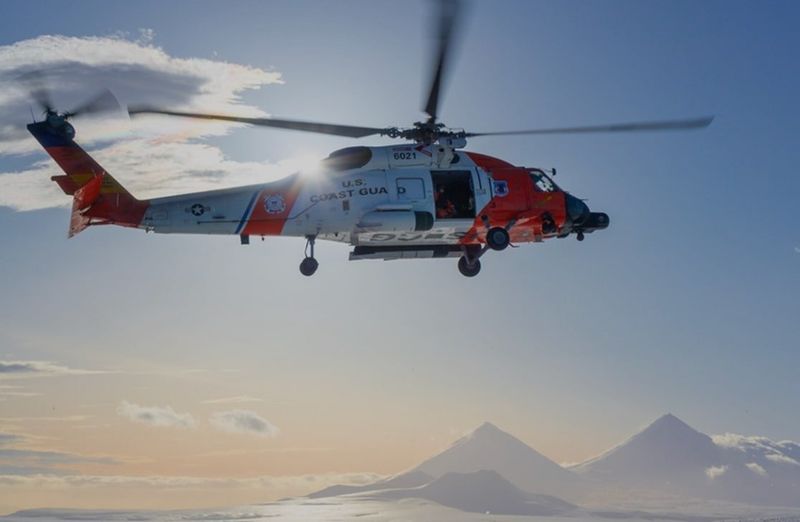
Medical evacuations in Alaska can cost upwards of $50,000, yet I regularly meet tourists who’ve skipped travel insurance to save a few dollars. Our remote location means even minor injuries can require expensive transportation to proper medical facilities.
Weather delays are another reality of Alaskan travel. Small planes and boats frequently cancel due to conditions that wouldn’t affect transportation elsewhere. Without insurance, these cancellations can devastate vacation budgets.
I’ve seen too many dream trips end in financial nightmares that could have been avoided with a simple insurance policy.
8. Expecting 24-hour daylight (or darkness) everywhere, anytime
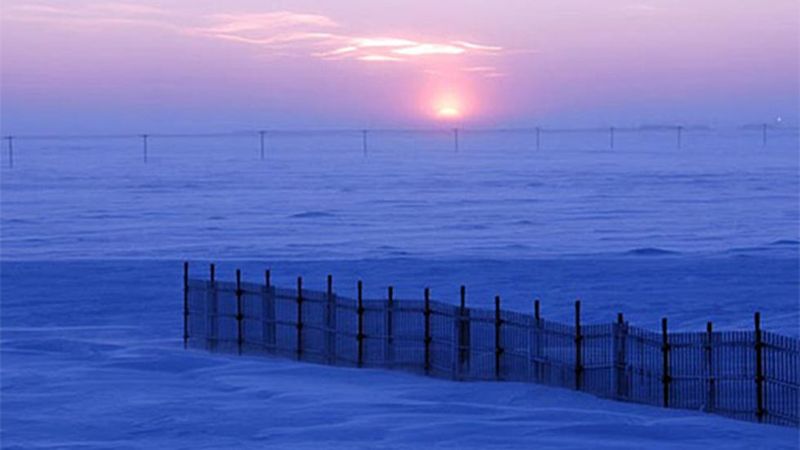
The midnight sun phenomenon brings tourists flocking to Alaska, but many arrive with wildly inaccurate expectations. A family from Texas once demanded a refund from their Juneau hotel because “the sun set at 10 PM when we were promised all-night daylight!”
Alaska spans over 663,000 square miles with dramatic latitude differences. Barrow might experience 24-hour sunlight from May through July, while Ketchikan never does. Timing matters too—visit in June for maximum daylight, but expect normal day/night cycles by August.
Did you know? For every degree of latitude you travel north, you gain approximately four minutes of daylight during summer solstice. Check sunrise/sunset times for your specific destination before booking.
